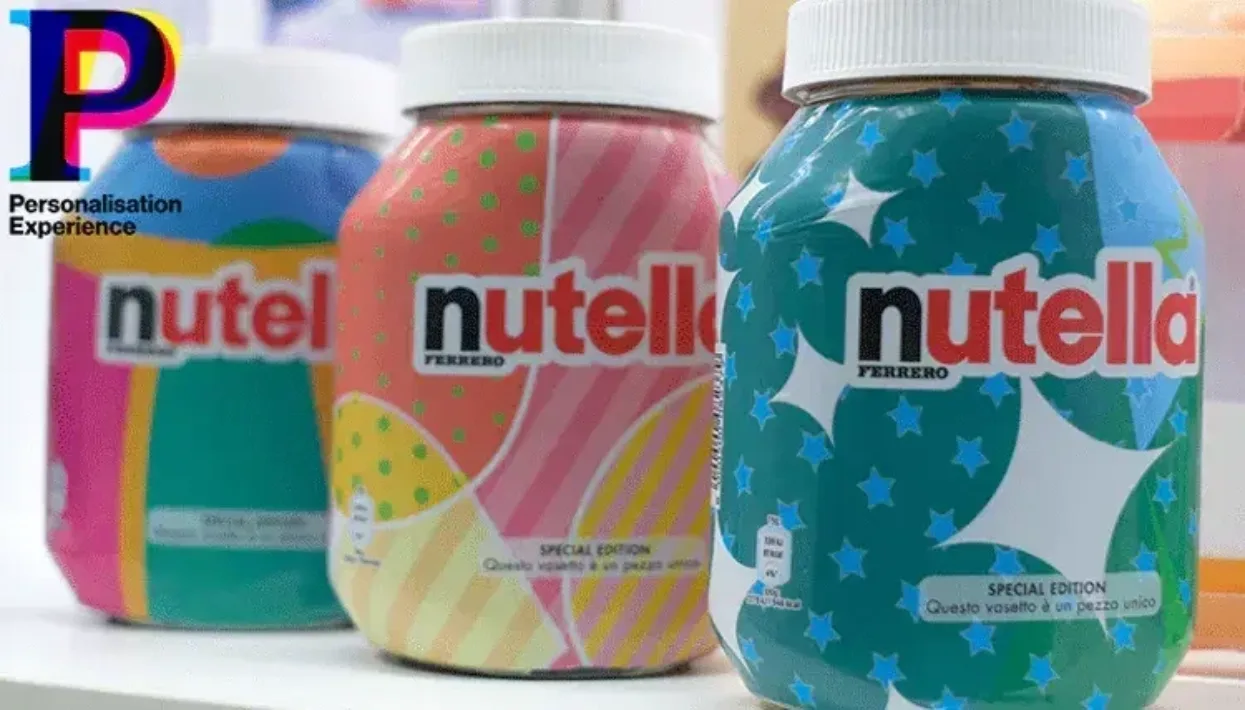Digital Printing
The Personalisation Experience: changing the dynamic
Author
FESPA Staff
Published Date
16/05/2023
Become a FESPA Member
to Continue Reading
